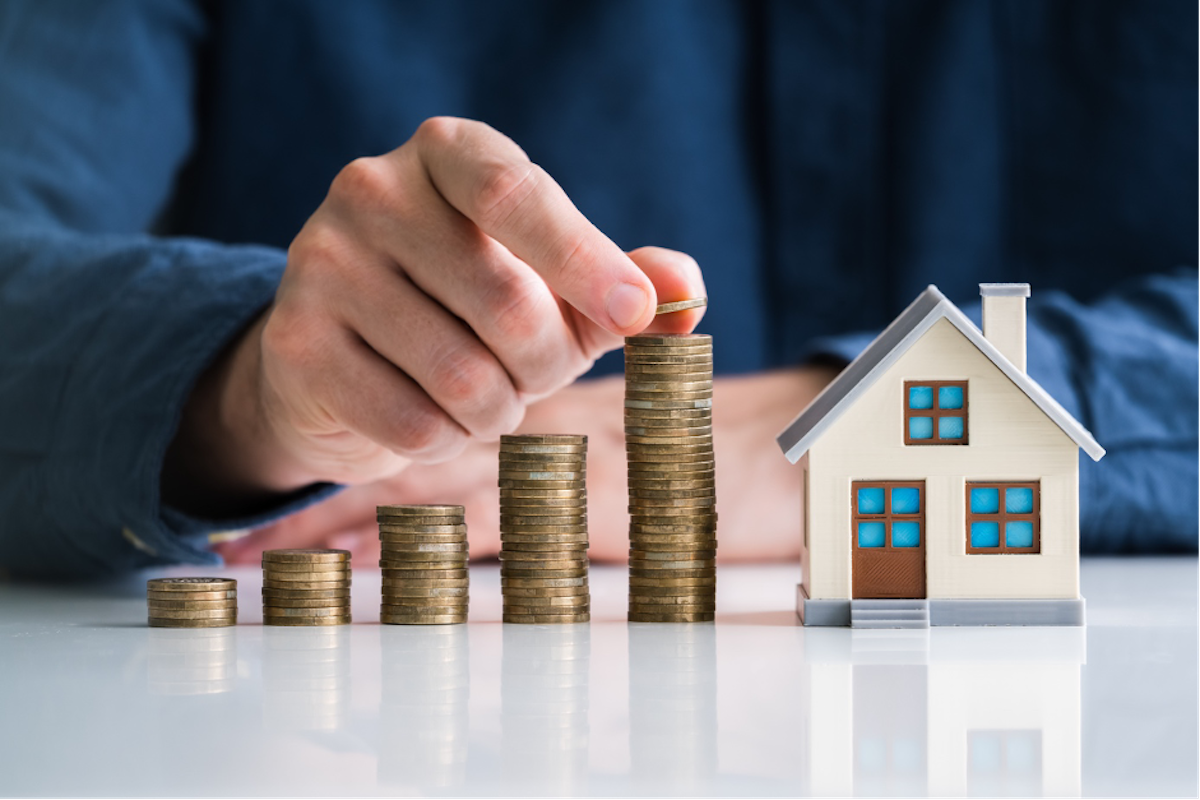by Brando Arimborgo
It’s no surprise that Australia’s real estate market has grown significantly in the past 12 months. In fact, many of us may have recently driven past houses for sale that were suddenly sold within a week. However, you may be wondering what the cause of this record housing boom is.
It would seem logical that people wouldn’t make large financial decisions in the middle of a global pandemic, but we have seen a different outcome mostly due to the following reasons:
1) Record low interest rates
The first and foremost reason that houses are skyrocketing in price is due to interest rates. Interest rates by the Reserve Bank of Australia are the lowest they have been in three decades; and as a result, its driven Australia housing prices up 22% in the past twelve months. “The lower the interest rate, the lower the cost of debt, the more people are incentivised to borrow and buy which results in a lot of additional pressure on the housing market” said Eliza Owen (Head of Research at CoreLogic Australia). However, according to ABC News the RBA has already signalled it could lift the cash rate as early as 2023. Banks have already started to increase fixed interest rates, while lowering variable rates to attract new customers.
2) Fear of missing out
First home buyers as well as investors have the fear of missing out the opportunity of a lifetime. There is a lot of worry and concern among buyers, as more and more people start to realise that if they don’t get into the housing market right now, they may not be able to in the future, as prices are getting outside their budget. While this could be the case, it is not quite the solution to always rush. It has gotten to the point where houses are being sold only forty-eight hours after being listed on the market, seeing this happen in such high frequencies is quite rare. Not only is this a concern, as it doesn’t allow people enough time to make a diligent decision, but also the timeframe is not enough to do any inspections. Whether it be building inspection, structural, or sometimes they won’t even see the house in person yet; they are making one of the biggest purchases of their life and one which they may regret if done without consulting with other professionals. Structural issues and missing permits can cost over tens of thousands of dollars in most scenarios, and this could cause financial trouble to not just first home buyers but also investors.
3) Housing shortage
According to ABC News, these past twelve months have been the lowest vacancy rate we have experienced in the past forty years. Due to the continuous demand in the property market and the lower supply of houses for sale, we are seeing prices go up well beyond their usual market price. It is now not rare to see a house being sold anywhere from $100,000 to $1,000,000 above their starting price; and this is especially the case for auctions. Given the shortage of properties, investors are now looking to diversify their portfolio by purchasing homes outside Sydney and Melbourne, which is affecting the market in all other major cities. Perth had the smallest annual growth compared to all other major cities; however, this is assumed to be the case given the strict border restrictions, making it difficult for interstate buyers to buy properties at this time. Although once borders open again, the housing market is expected to boost.
House prices have been increasing constantly for the past fifteen months, however, the market is now rising at a slower pace. According to CoreLogic, housing prices rose only 1% in December. This is because Australian property prices are now becoming increasingly unaffordable for first-home buyers, and the real estate markets in cities such as Sydney and Melbourne are becoming one of the most unaffordable cities in the world.
Although the biggest impact is being seen in Australia’s major cities and inner suburbs, it is also affecting surrounding areas and towns quite significantly. As house prices keep increasing, a large percentage of buyers are starting to look outside their preferred suburbs and willing to start a new lifestyle in towns nearby, as the cost of living near the CBD is just getting out of hand. Many first-home buyers have a reasonable budget when purchasing a house. In fact, some have PhDs and master’s degrees with quite stable jobs and good salaries, however, in some cases this isn’t enough for them to be able to afford a property in a major city. If it is hard for them, we can imagine how much harder it is for people earning below average income, or single parents to get into the property market.
Given the surge in prices throughout the past twelve months, people’s budgets remain the same, but their money buys them less and less as time passes. This is leading to many first home buyers and investors having to lower their expectations and letting go of their dream homes, just so they can have a place to call their own at all.
According to reporter Nila Sweeney at Financial Reviews, construction costs soar amid labour and material shortage. Another reason for the house market boom is because of shortages in skilled labour as well as materials. In fact, residential construction costs have risen 7.1% in the past twelve months, which is the highest annual increase in more than sixteen years. CoreLogic’s research director, Tim Lawless, said the higher construction costs were likely to add to affordability challenges already at play across the established housing market. This explains the increasing property prices we are seeing all throughout Australia as well.

